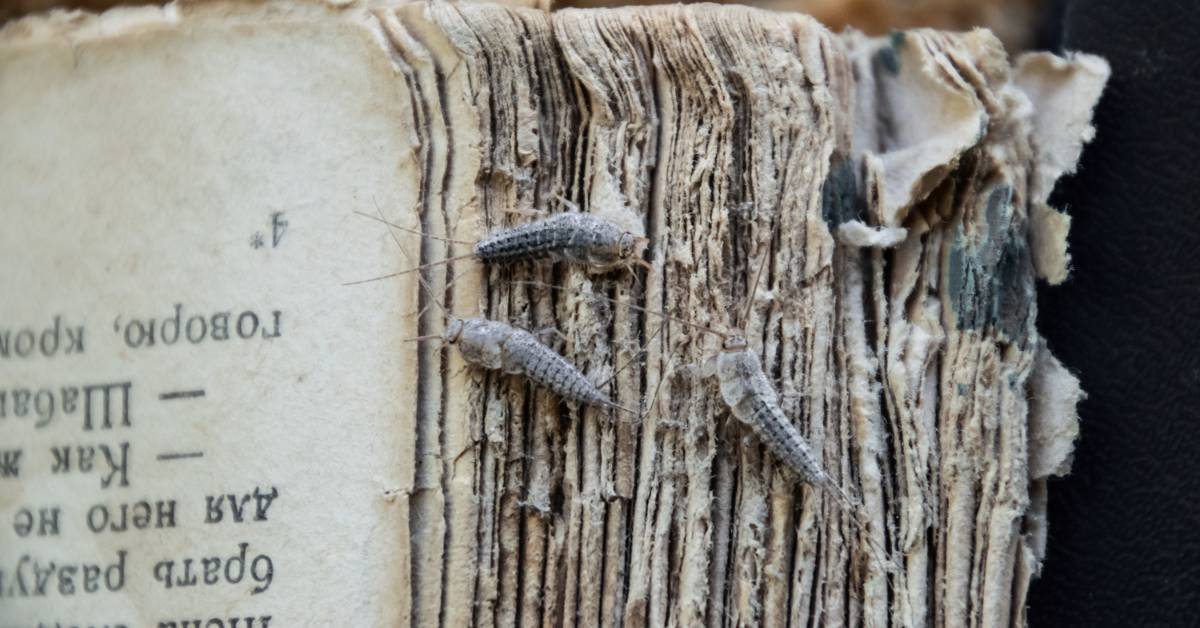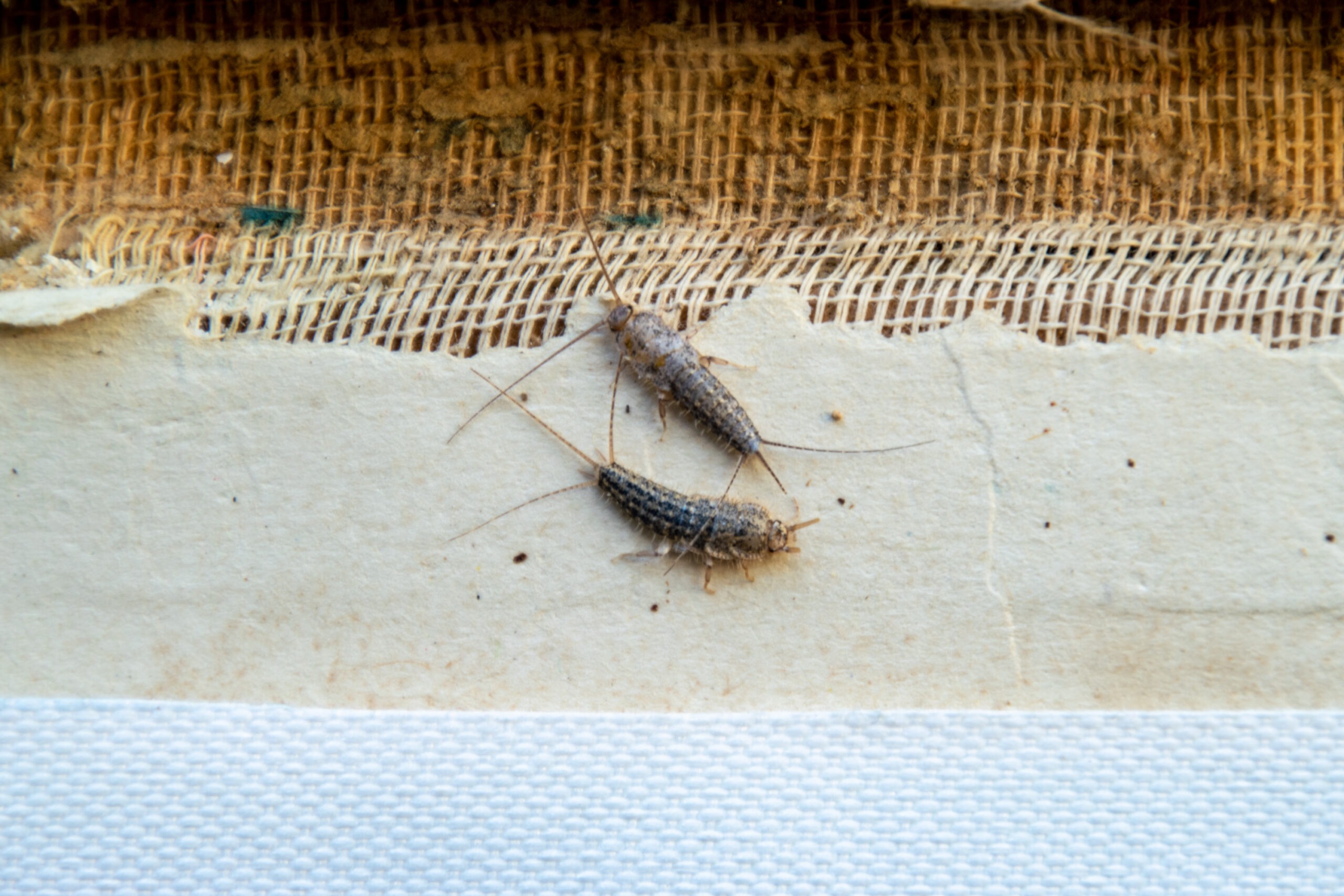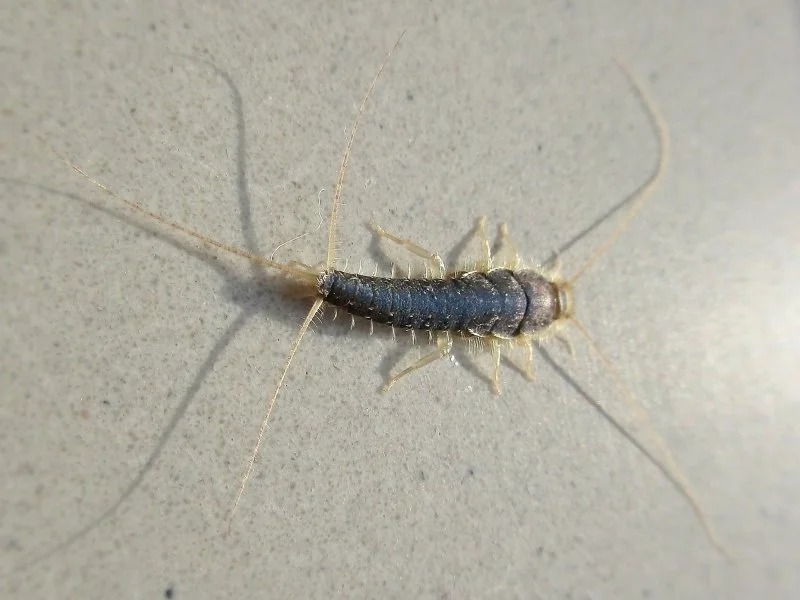Ever notice a quick, silvery flicker near the baseboard and think, “That was odd”? Before you chalk it up to imagination, consider this: in many homes, one quiet clue predicts a cascade of issues—musty air, warped paper goods, irritated sinuses, and slow moisture problems. The clue isn’t a visible leak or a strong smell. It’s an unassuming insect: silverfish. And if you’re seeing them, your home may be signaling elevated indoor humidity, sub-optimal storage habits, and lagging indoor air quality—signals most people miss until the damage is done.

Curious why a single sighting matters? Because pests don’t appear at random; they follow conditions. Silverfish are expert trackers of damp, dark, paper-rich micro-spaces we rarely inspect. Decode this small sign correctly, and you can protect valuables, clear the air, and make your space less inviting to a long list of uninvited guests through practical pest control and targeted mold prevention.
Why a silverfish sighting is a bigger clue than you think
Silverfish are small, wingless insects with a tapered shape and quick, darting movement. They prefer cool, moist environments and feed on starches and proteins found in everyday items—book bindings, cardboard glues, wallpaper paste, some textiles, and pantry crumbs. When they show up, they’re not just announcing themselves; they’re highlighting a set of conditions that are easy to overlook yet simple to improve once you know where to look.

What this clue often reveals
- Indoor humidity that stays too high, especially in bathrooms, basements, laundry rooms, or under-sink cabinets. Those same conditions encourage mold and dust mites, degrading indoor air quality.
- Paper and textile food sources—stacks of cardboard, stored files, photo boxes, paper crafts, fabric bins—kept near floors or outer walls where moisture lingers.
- Low airflow—stagnant corners behind furniture or inside closets where humidity and dust accumulate.
The hidden dangers tied to silverfish (and how they sneak up on you)
1) Elevated indoor humidity can snowball into bigger issues
Sustained relative humidity above about 50–60% creates a friendly environment for mold growth and dust mites. Many building and health experts recommend keeping indoor humidity ideally around 30–50% (and under 60% at the high end). Besides comfort benefits, this target range helps protect indoor air quality and discourages moisture-loving pests that pest control pros are often called to manage.

Why it matters: higher humidity can lead to musty odors, condensation on windows or pipes, peeling finishes, and discomfort for people with allergies or asthma. A few slow weeks of excess moisture are all it takes to set off a chain reaction you’ll be managing for months—making proactive mold prevention a smart investment.
2) Quiet damage to paper goods, keepsakes, and fabrics
Because silverfish are attracted to starchy glues and natural fibers, they can nibble on books, photos, wallpaper, scrapbooks, and some textiles. The harm is often slow and scattered—easy to miss until you open a box and discover fuzzy edges or fine paper frays. If you value archives, collectibles, or family albums, treat a single silverfish sighting as a nudge to improve storage and humidity.
3) A sign that allergens may be building up
Even if silverfish aren’t a top allergen by themselves, the conditions that support them—dampness, dust, and clutter—tend to align with higher loads of mold spores and dust mites. Reducing indoor humidity and improving ventilation can help sensitive individuals breathe easier while improving overall indoor air quality.
A 60-second home audit you can do today
Walk through your space and look for these telltale signals:
- Hygrometer check: do you know your indoor humidity? Place a small digital hygrometer in a bathroom, basement, and bedroom. Aim for 30–50% and keep it under 60%.
- Moisture markers: persistent musty odors, window condensation, or dark patches on walls/ceilings suggest it’s time to dry things out and investigate the source for better mold prevention.
- Paper storage habits: are boxes on the floor? Are files and albums stacked in closets near exterior walls or damp spaces? Elevate and seal them to support practical pest control.
- Slow leaks: check under sinks, around toilets, near the water heater, and at appliance connections. Even small seeps can raise local indoor humidity and invite silverfish.
The fix: a low-toxicity, high-impact plan
Step 1: Lower indoor humidity at the source
- Repair roof, pipe, and seal leaks promptly.
- Vent to the outdoors: ensure bathroom fans, kitchen range hoods, and clothes dryers exhaust outside.
- Dehumidify smartly: add a dehumidifier where indoor humidity runs high (basements, laundry rooms).
- Improve airflow: pull furniture a few centimeters from walls, open closet doors periodically, and run exhaust fans during and after showers.

These steps reduce pest pressure and support mold prevention while improving indoor air quality.
Step 2: Set and monitor the right indoor humidity range
Keep indoor humidity in the 30–50% sweet spot whenever possible and under 60% during humid seasons. Use hygrometers in multiple rooms and check them at different times of day. Combine readings with AC, dehumidifiers, and humidity-controlled ventilation.
Step 3: Declutter and store like a pro
- Swap cardboard for sealed plastic bins in basements, garages, and closets—this removes food and harborage for silverfish.
- Elevate paper goods and keepsakes off floors and away from damp areas to support mold prevention.
- Vacuum and dust regularly, focusing on baseboards, corners, and behind appliances to reduce crumbs, dust, and starchy residues—core to effective pest control.
Step 4: Seal and monitor
- Caulk cracks and gaps where pests enter or hide (baseboards, trim, around pipes).
- Use sticky monitors in suspect areas to track activity and confirm improvement.
- Embrace integrated pest control principles: prioritize sanitation and habitat change; use targeted treatments only if needed and exactly as directed.
Step 5: Handle mold carefully (if you find it)
For small, localized spots on non-porous surfaces, many homeowners can clean safely with appropriate methods and protection. If you see widespread growth, ongoing moisture intrusion, or persistent symptoms, seek a qualified professional. Long-term mold prevention always includes moisture control.
When you should call a professional

- Repeated silverfish sightings despite lowered indoor humidity and better storage.
- Indoor humidity remains high even with dehumidifiers and improved ventilation.
- You suspect hidden moisture behind walls, in crawlspaces, or inside HVAC systems, where mold prevention requires expert evaluation.
- Someone at home has allergies or asthma or is otherwise sensitive to poor indoor air quality—professional guidance can help you prioritize safe next steps.
Myth vs. fact: symbolism vs. science
You may hear cultural or symbolic interpretations of silverfish, but for protecting your space, stick to evidence-based steps: control indoor humidity, remove food sources, increase airflow, seal entry points, and monitor results. Interpreting a sighting this way transforms a minor nuisance into a practical home-health check grounded in pest control, mold prevention, and measurable indoor air quality improvements.
FAQ
Are silverfish harmful to people?
They’re not known to bite people or spread disease. The bigger concern is what their presence signals—excess indoor humidity and available food sources—and the quiet damage they can do to paper goods and fabrics over time.
Can I realistically eliminate them?
Any home can encounter occasional pests. Your goal is to make conditions unfavorable—dry, clean, and sealed—so populations don’t establish. With housekeeping changes and targeted pest control only when necessary, most households see a steady decline in silverfish sightings.
What’s the ideal indoor humidity for comfort and prevention?
Many expert guidelines recommend indoor humidity of 30–50% for comfort and prevention, and under 60% at the upper limit to discourage moisture-loving pests and support mold prevention and indoor air quality.
The bottom line
If you spot silverfish, don’t just swat and forget. Treat the sighting as a helpful nudge to evaluate indoor humidity, ventilation, and storage. With a few focused adjustments—fixing leaks, venting correctly, dehumidifying, swapping cardboard for sealed bins, and sealing gaps—you’ll protect your indoor air quality, your belongings, and your overall comfort. In home care, small clues often arrive before big problems. Notice the clue, and stay a step ahead with smarter pest control and lasting mold prevention.
Sources (trusted reading)
- EPA — Care for Your Air: A Guide to Indoor Air Quality
- EPA — Mold: Moisture Control Is the Key to Mold Control
- CDC — Mold: Prevention, Cleanup, and Health
- NPIC — Silverfish and Firebrats (Insect Fact Sheet)
- AAAAI — Indoor Allergens
